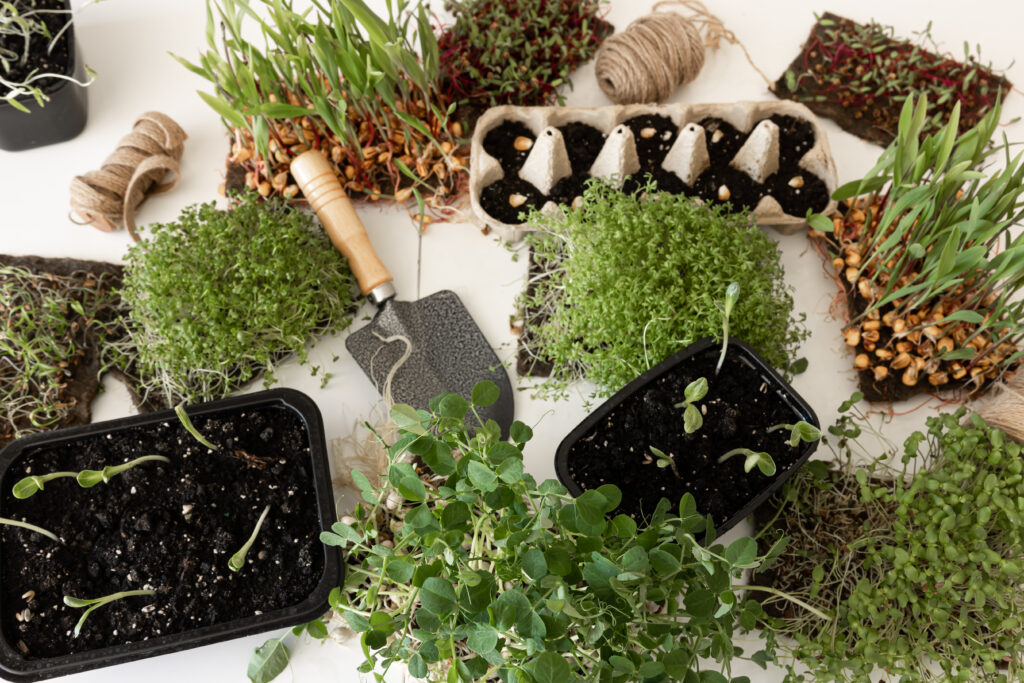“Discover the world of garden soil in our comprehensive guide. Learn soil types, essential components, testing methods, and tips to nurture a thriving garden.

Gardening is a rewarding and fulfilling hobby, but its success heavily depends on the quality of the garden soil. Whether you’re a seasoned gardener or a novice, understanding the significance of garden soil and how to optimize it is crucial. In this comprehensive guide, we’ll delve into the world of garden soil, from its composition to maintenance, and provide valuable insights to help you nurture a thriving garden.
Table of Contents
1. Understanding Garden Soil
Garden soil is the lifeblood of your garden, serving as the medium through which plants receive nutrients, water, and oxygen. To cultivate a successful garden, it’s imperative to comprehend the fundamental characteristics of garden soil.
The Role of Garden Soil

Garden soil has several critical functions:
- Providing plants with anchorage and support
- Storing and delivering essential nutrients
- Regulating water drainage and retention
- Facilitating beneficial microorganism activity
2. Types of Garden Soil
Not all soils are created equal; they come in various types, each with its unique properties. Understanding your soil type is essential for effective gardening. (Potato plant flower)
Common Types of Garden Soil
- Clay Soil: Known for its high nutrient content but poor drainage.
- Sandy Soil: Quick-draining but often nutrient-deficient.
- Loam Soil: Ideal for gardening, offering a balanced mix of sand, silt, and clay.
3. Essential Components of Healthy Garden Soil
For your garden to flourish, your soil must contain specific components in the right proportions.

Key Components of Healthy Garden Soil
- Organic Matter: Compost and organic materials enhance soil fertility.
- Minerals: Provide essential nutrients like nitrogen, phosphorus, and potassium.
- Microorganisms: Promote nutrient cycling and plant health.
4. Testing and Amending Your Garden Soil
Knowing your soil’s composition is crucial. You can perform a simple soil test using a DIY kit or by sending a sample to a lab for a comprehensive analysis. (Tomato plant fertilizer)
Soil Testing and Amendments
- Testing: Determine pH levels, nutrient content, and texture.
- Amendments: Add organic matter, lime, or sulfur as needed to adjust pH.
5. How to Improve Soil Quality
Enhancing garden soil quality involves various practices that gardeners should consider. ( Tomato Plant Spacing)

Tips to Improve Soil Quality
- Crop Rotation: Prevents nutrient depletion.
- Mulching: Conserves moisture and regulates temperature.
- Composting: Adds organic matter and enriches soil.
- Cover Cropping: Reduces erosion and adds nutrients.
6. Frequently Asked Questions (FAQs)
Let’s address some common queries related to garden soil.
FAQs About Garden Soil
Q1: How often should I test my garden soil?
Answer : Testing every 2-3 years is generally recommended, but it may vary based on your soil’s condition.
Q2: Can I use store-bought potting soil in my garden?
Answer : While it can be used, it’s not ideal for large garden beds due to cost and composition differences.
Q3: What is the optimal pH level for garden soil?
Answer : Most plants thrive in soil with a pH level between 6 and 7.
7. Conclusion
Garden soil is the cornerstone of a thriving garden. By understanding its composition, testing, and amending it as needed, you can create the ideal environment for your plants to flourish. Remember to regularly assess your soil and implement the tips mentioned to achieve gardening success. websoftempire.com